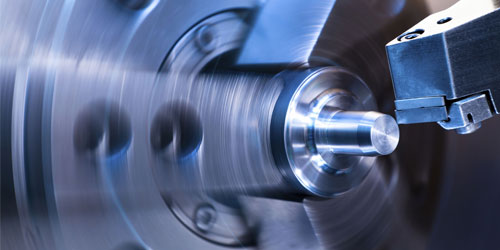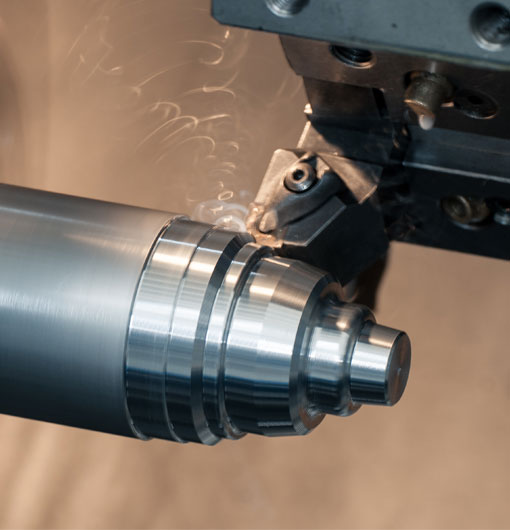In a world where technology is continuously evolving and bringing improbable ideas to reality, computer numerical control (CNC) has managed to create a significant mark. This technique of creating three-dimensional models and prototypes using machine tools via computers has improved various industries, including manufacturing, furniture design, and even entertainment. What's more intriguing is the capability to transform simple 2D images into 3D CNC models, further expanding the horizons of creativity and flexibility.
Breathing Life into 2D Images
Traditional CNC machining uses programming data to carve or cut materials into the desired 3D objects. However, the ability to convert a 2D image into a 3D model is a relatively new technique that has opened up exponential possibilities.
The process starts by selecting an image, which can be any 2D graphical data, including pictures, logos, or sketches. The picture is then imported to a software known as a CAM program (Computer-Aided Manufacturing), that interprets the image and generates a tool path for the CNC machine to follow.
The Art of Transformation
Converting a 2D image into a 3D model involves a series of steps that create a bridge from a flat picture to a tangible object using CNC machining. Edge detection is the initial step, where the software identifies the boundaries in the picture to map the shape and size.
Following this, the image is converted to grayscale to give depth to the model. Each shade of gray signifies a different level of depth, with the darker shades representing more profound areas and the lighter ones indicating less depth, creating a detailed height map for the CNC machine to replicate.
The next step is where the CAM software generates a 'STL' file, which stands for Stereolithography. These files are capable of representing 3D surfaces, which are read by the CNC machine to produce the model.
Finally, the CNC machine begins moving its cutter in the directions specified by the STL file, carving out a perfectly designed 3D replica of the 2D image.
Limitations and Possibilities
Though the procedure seems straightforward, transforming 2D images into 3D models requires precision and careful observation. The quality and complexity of the model heavily rely on the resolution of the image and the precision of the CNC machine. Subsequently, intricate pictures may become significantly difficult to transform due to their detailed components.
Yet, the possibility of bringing a 2D image to life through 3D CNC machining holds an immense potential for artists, manufacturers, and designers. Imagine transforming your child's drawing into a wooden toy or converting your company's logo into an emblem. The power to create a tangible object from a mere picture is genuinely extraordinary and marks a revolutionary step in the world of CNC machining.
Embracing the Future
The ability to turn 2D images into 3D models using CNC machine processes represents a fusion of art and technology. As this technique continues to improve, it opens up a realm of possibilities and applications across various industries.
More than just revolutionizing manufacturing processes, CNC machining gives us the power to bring ideas to life. It allows us to overcome the limitations of our hands and tools, paving the way for a future where imagination can reach new heights, where our innovations are not bound by the physical constraints of the traditional tools, but only limited by the bounds of our creativity.
With every sketch, photograph, or 2D image holding potential for a life-like 3D CNC model, one can only imagine the boundaries this technology will push and the innovative products it will generate in the years to come.
The future of CNC is much more than carving and cutting; it's about conceptualizing, creating, and going beyond imagination. The transition from a paper-bound sketch or a digital image to a tangible, physical, 3D object could possibly even be the next big step in the digital revolution. And as we venture into this new terrain, the magic of turning 2D images to 3D CNC models shall continue to weave its stories, sculpting the future ahead.
can a picture be turned into a 3d cnc













